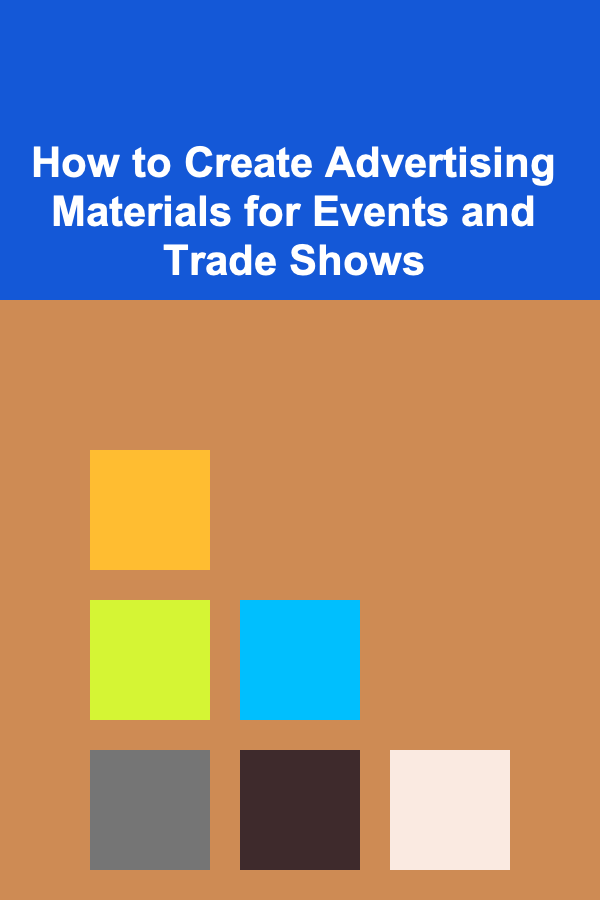
How to Create Advertising Materials for Events and Trade Shows
ebook include PDF & Audio bundle (Micro Guide)
$12.99$7.99
Limited Time Offer! Order within the next:

Creating effective advertising materials for events and trade shows is essential for making a strong impact and leaving a lasting impression on attendees. These materials should not only reflect your brand but also clearly communicate your message, capture the audience's attention, and guide them to take action. Whether you're attending a trade show, hosting a booth, or sponsoring an event, your advertising materials play a critical role in driving engagement and conversions. This guide will walk you through the process of designing, creating, and utilizing advertising materials that will help you stand out and connect with your target audience.
Understanding Your Audience
Before diving into the creation of advertising materials, it's crucial to understand your target audience. The more precisely you can define who you are trying to reach, the more effectively you can design materials that resonate with them.
Key Questions to Consider:
- Who are the attendees? Are they industry professionals, potential clients, or influencers?
- What are their interests and pain points? What challenges do they face that your product or service can solve?
- How do they interact with advertising? Are they likely to engage with digital media, or do they prefer printed materials?
Understanding these elements will help you choose the right format, design, and messaging for your advertising materials. For example, a tech conference audience might prefer interactive digital displays or brochures, while a trade show for small businesses might benefit from physical handouts like flyers or product samples.
Types of Advertising Materials
Different types of advertising materials serve different purposes, and it's important to select the right combination based on your goals and audience. Here's a breakdown of common advertising materials used in events and trade shows:
a. Brochures and Flyers
These are essential for providing detailed information about your product or service. They are easy to hand out and can be stacked at your booth for attendees to grab on their way through.
- Design Tips: Keep the layout clean and organized. Use bullet points and headings for easy readability. Make sure your branding is consistent throughout.
- Content: Focus on your unique selling proposition (USP) and clearly explain the value your product or service brings. Include a call-to-action (CTA) such as "Visit our booth for a free demo" or "Contact us for a consultation."
b. Business Cards
Business cards are still one of the most effective ways to exchange contact information at events. They provide a quick, personal connection and can help build rapport.
- Design Tips: A clean, simple design with your logo, name, and contact details is key. Consider using both sides of the card to include more information like your social media handles or website URL.
- Tip: Use high-quality paper to make your card stand out and leave a positive impression.
c. Posters and Banners
Large, eye-catching posters and banners are great for grabbing attention from a distance. They help create a visual presence at your booth and reinforce your brand messaging.
- Design Tips: Use bold typography and high-quality images. Keep text to a minimum---focus on strong visuals and a concise message. The goal is to spark curiosity, not to overwhelm.
- Placement: Position posters and banners at eye level and in prominent spots where attendees are most likely to notice them.
d. Digital Displays
Incorporating digital signage or screens at your booth can elevate your brand's presence. Videos, slideshows, and interactive demos are an engaging way to showcase your product or service.
- Design Tips: Keep digital content short and to the point. A well-edited 30-second video is far more effective than a lengthy, unengaging presentation.
- Content: Use high-quality graphics and ensure that your digital displays are consistent with your offline materials. Incorporate your branding, messaging, and a clear CTA.
e. Giveaways and Promotional Products
Giveaways are a great way to drive traffic to your booth and leave a lasting impression on attendees. Common giveaways include branded pens, t-shirts, tote bags, or product samples.
- Design Tips: Choose giveaways that are practical and align with your brand. The quality of the item should reflect the quality of your product or service.
- Customization: Personalize the items with your company's logo, colors, and tagline to ensure brand visibility long after the event.
f. Interactive and Engaging Experiences
Think beyond traditional print materials and explore interactive advertising tools such as virtual reality experiences, contests, or product demos that allow visitors to engage directly with your brand.
- Design Tips: Focus on creating an experience that is fun, informative, and memorable. Interactive elements should align with your brand and showcase the value of your product or service.
- Technology: If using technology, ensure it's intuitive and easy to navigate. Make sure there's staff available to assist attendees and guide them through the experience.
Designing Effective Advertising Materials
Creating impactful advertising materials requires a balance between design principles, your brand's identity, and the purpose of each material. Here are some tips for creating visually appealing and effective materials:
a. Consistency in Branding
All of your advertising materials should reflect your brand's visual identity, including your logo, colors, fonts, and overall style. This consistency reinforces brand recognition and strengthens your identity in the minds of your audience.
- Logo and Branding: Make sure your logo is prominent and clearly visible on all materials. Consistent use of colors and fonts ensures your materials look professional and cohesive.
- Messaging: Ensure the tone of voice, values, and messaging align across all materials. A disconnect between your event materials and your company's voice can confuse attendees.
b. Strong Visuals and Minimal Text
When creating your materials, remember that visuals are often more effective than text. Attendees at events and trade shows are typically bombarded with information, so the materials you create should be quick to read and easy to understand.
- Images: Use high-quality, relevant images that represent your product or service in action. The right imagery can instantly capture attention and communicate your message.
- Typography: Choose clean, legible fonts that are easy to read from a distance. Avoid clutter and ensure that the text supports your visuals without overpowering them.
c. Clear Call to Action (CTA)
Every advertising material should have a clear CTA. Whether it's to visit your booth, register for a demo, download a resource, or follow you on social media, a compelling CTA encourages attendees to take action.
- CTA Design: Your CTA should be visually distinct and easy to locate. Use contrasting colors or buttons to make it stand out.
- Action-Oriented Language: Use strong action verbs like "Join us," "Discover more," or "Get started now" to prompt immediate responses.
Printing and Production
Once your designs are ready, the next step is to get them produced. High-quality printing can make a huge difference in how your materials are perceived. Here are a few tips to keep in mind when preparing for production:
a. Paper Quality
For printed materials like brochures, flyers, or business cards, the quality of the paper matters. Choose durable, high-quality paper to ensure your materials feel substantial and professional.
b. Quantity and Budget
Printing costs can add up quickly, so it's important to find a balance between quantity and quality. Print enough materials to cover the expected number of attendees, but be mindful of your budget.
c. File Formats
Ensure that your print files are in the correct format and resolution. For high-quality printing, files should be at least 300 DPI (dots per inch) to ensure sharp, clear images and text.
Utilizing Advertising Materials Effectively
Once you've created your materials, it's time to put them to use. Here's how to make the most of your advertising materials at events and trade shows:
a. Booth Presentation
Make sure your booth is visually appealing and organized, with your materials displayed prominently. Having a well-curated space where attendees can easily access your brochures, business cards, and promotional items will encourage engagement.
b. Staff Training
Your staff should be well-versed in your materials and the messaging you want to convey. They should be able to engage with attendees and provide additional information about the materials, products, and services on display.
c. Follow-Up Strategy
Collect contact information from leads at the event and follow up after the event with tailored messaging. Email campaigns, thank-you notes, and post-event content are great ways to nurture leads generated from your advertising materials.
Conclusion
Creating effective advertising materials for events and trade shows is an essential part of marketing your business. By understanding your audience, choosing the right materials, and designing with purpose, you can create materials that will help you stand out, drive engagement, and generate valuable leads. From brochures and banners to interactive experiences, every piece of material should reflect your brand and guide potential customers toward action. Remember, the right materials not only make a great first impression but can also build lasting connections with your audience.
Reading More From Our Other Websites
- [Home Maintenance 101] How to Care for Your Induction Cooktop
- [Small Business 101] Best Approaches to Conducting a SWOT Analysis with Limited Resources in a Startup
- [Personal Care Tips 101] How to Achieve a Smooth Foundation Application
- [Personal Care Tips 101] How to Create a Relaxing Bath Routine with Body Wash
- [Home Budget Decorating 101] How to DIY a Stunning Accent Wall with Affordable Materials
- [Tiny Home Living Tip 101] Best Ways to Optimize Closet Space in a 100‑Sq‑Ft Living Area
- [Organization Tip 101] How to Optimize Your Closet Layout for Better Flow
- [Weaving Tip 101] From Thread to Story: Mastering the Art of Tapestry Weaving
- [Personal Finance Management 101] How to Navigate Health Insurance Options: A Beginner's Guide to Coverage and Costs
- [Toy Making Tip 101] From Cardboard to Castles: Easy Homemade Toy Projects for Kids
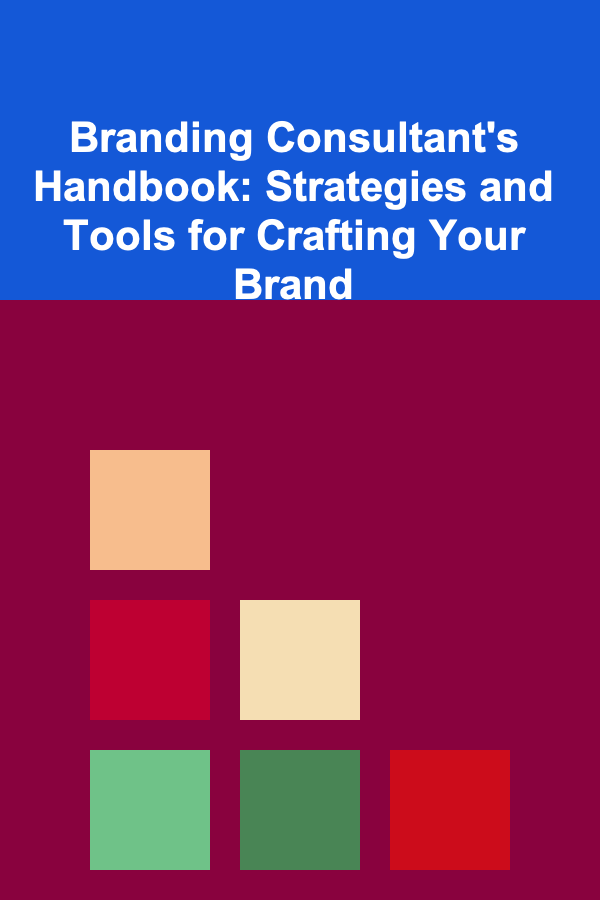
Branding Consultant's Handbook: Strategies and Tools for Crafting Your Brand
Read More
How to Cook Together: Easy Recipes for Family Bonding
Read More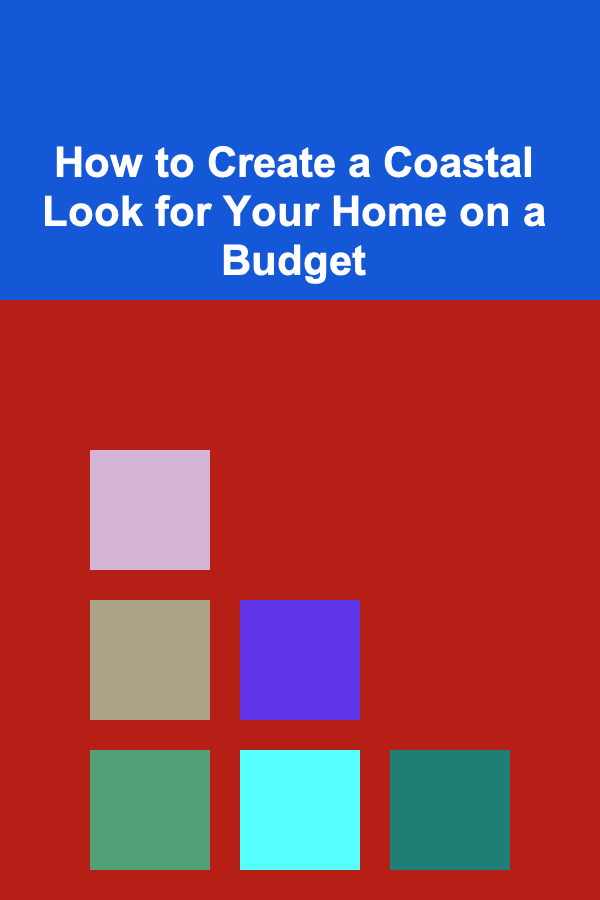
How to Create a Coastal Look for Your Home on a Budget
Read More
How to Handle Pet Shedding Around the House
Read More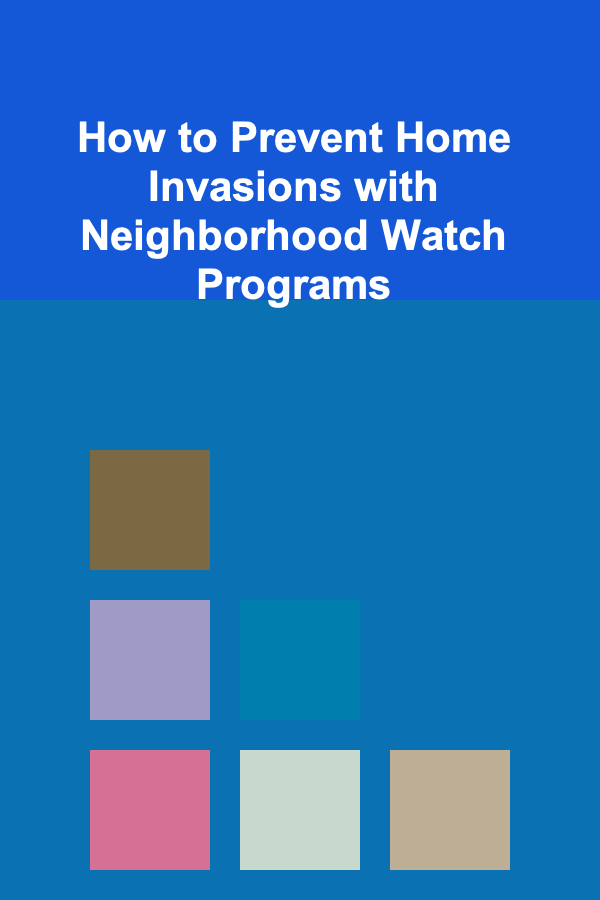
How to Prevent Home Invasions with Neighborhood Watch Programs
Read More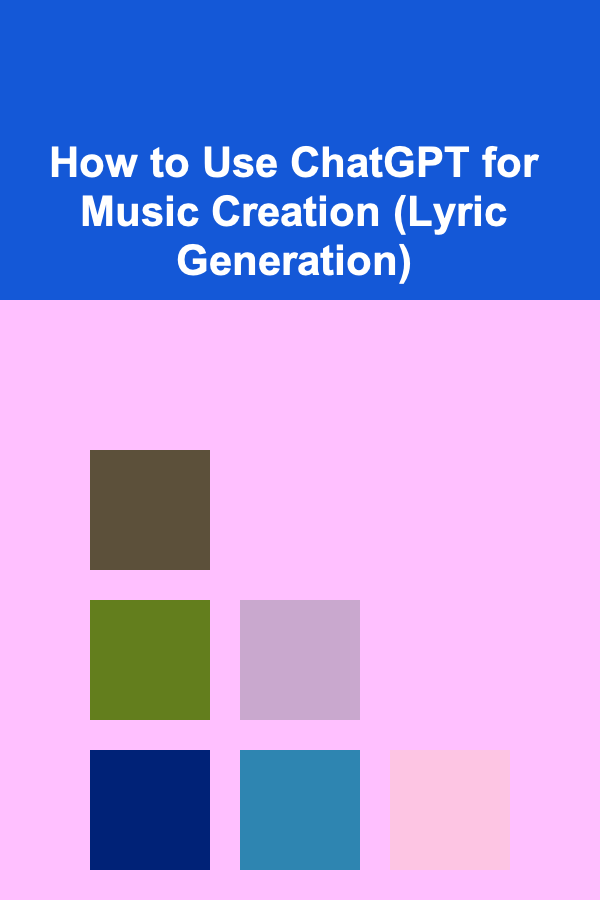
How to Use ChatGPT for Music Creation (Lyric Generation)
Read MoreOther Products

Branding Consultant's Handbook: Strategies and Tools for Crafting Your Brand
Read More
How to Cook Together: Easy Recipes for Family Bonding
Read More
How to Create a Coastal Look for Your Home on a Budget
Read More
How to Handle Pet Shedding Around the House
Read More
How to Prevent Home Invasions with Neighborhood Watch Programs
Read More